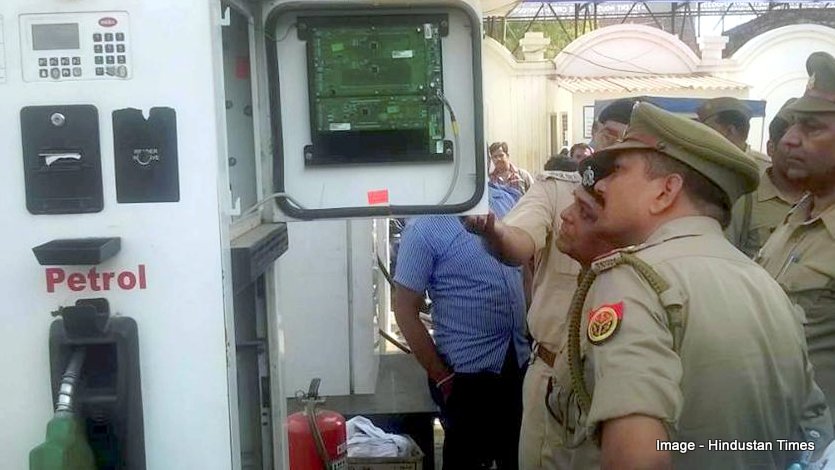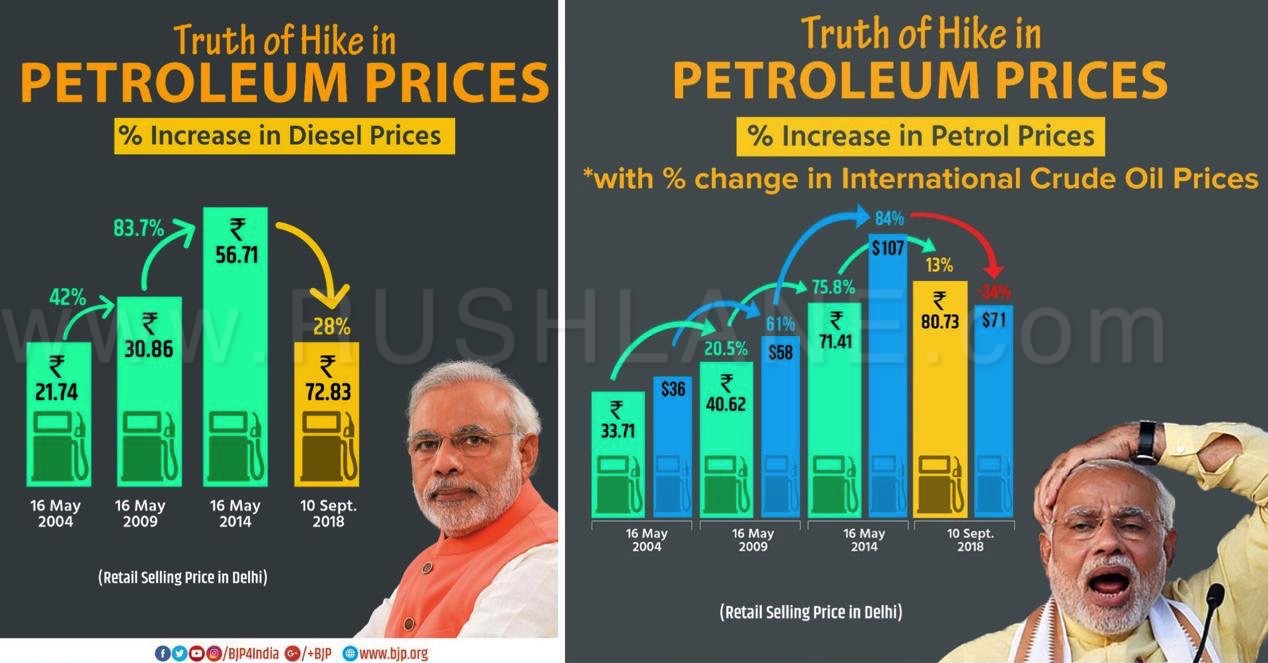On September 15, 2018, fuel prices in Delhi touched a new high of Rs 81.63 per liter while in Mumbai this figure stood at Rs 89.01 per liter. This steady increase in fuel prices are primarily due to a rise in global crude oil prices.
Even as fuel prices are adversely affecting the common man’s monthly budget and burning a hole in the pockets of consumers in the country, the only silver lining is that price of normal petrol cannot exceed Rs 100 and will hopefully stop at Rs 99.99 per liter.

Octane petrol is currently priced at Rs 100.33 per liter but display machines were showing only Rs 0.33 per liter. Petrol pump operators have to manually update fuel prices on a daily basis but the fuel dispenser cannot handle prices over Rs 100.
99 Octane petrol sold under the name of Power 99 is marketed by Hindustan Petroleum Corporation Limited (HPCL). This is priced at Rs 20 over the price of normal fuel but since calibration can only be done to a maximum of Rs 99.99, the service had to be stopped and expert engineers called in to re-calibrate the machines, reveals India Times.
All petrol pumps are automated. Since the value can be changed only from a central server, the increased pricing resulted in the closing down of the petrol pumps till necessary arrangements could be made.

While there is a hue and cry raised over the escalating fuel prices, it is necessary to understand why this is happening even though rising crude oil prices are being blamed. Under the UPA rule, crude oil prices stood at around $ 140 per barrel and yet prices of petrol and diesel in India did not reach such astronomical figures. Now crude oil price is at $ 70 per barrel but fuel prices have reached a new high in the country.
The reason for this is that unlike the past, petrol and diesel are not subsidized by the Government which wants to make prices of both fuels 100% market oriented. This means that as prices increase in international markets, exchange rate dips and prices of fuel escalates.

